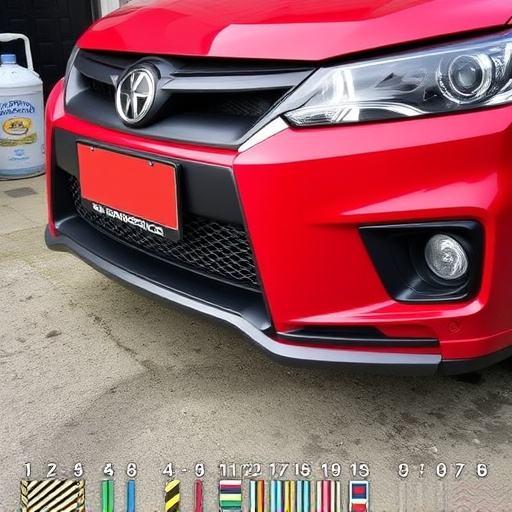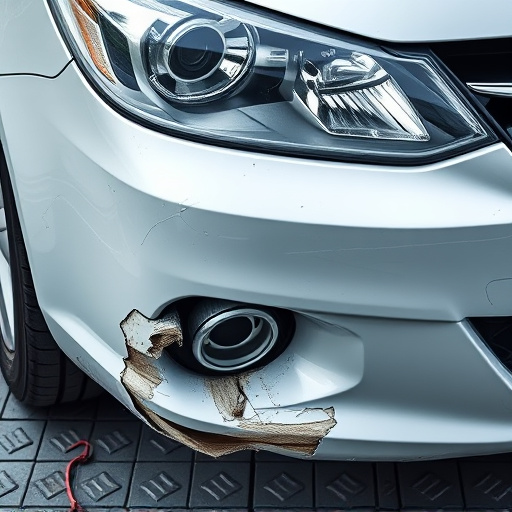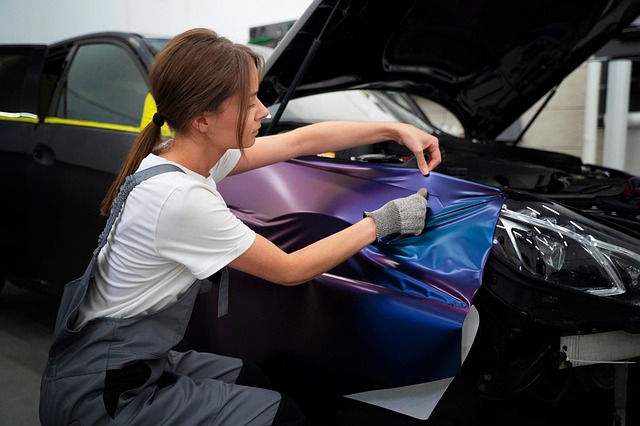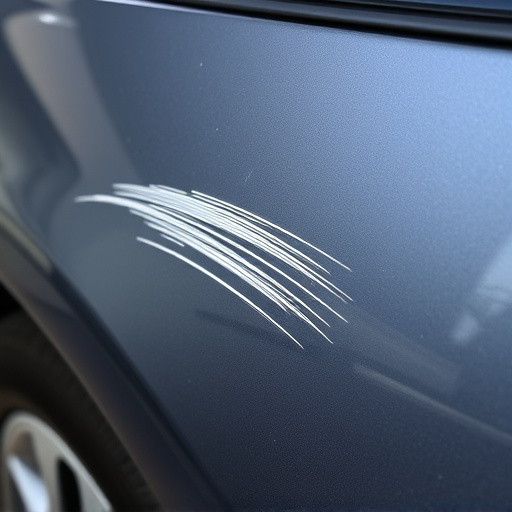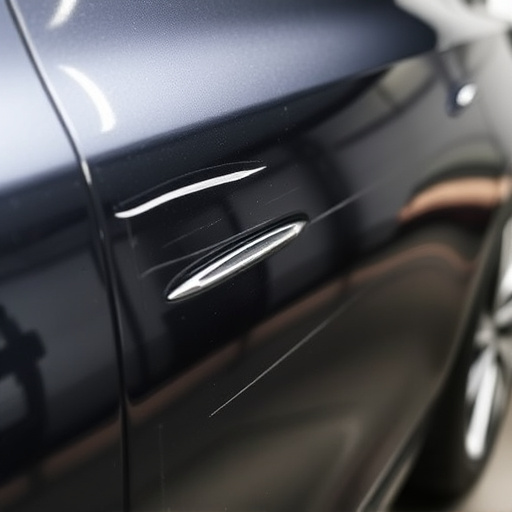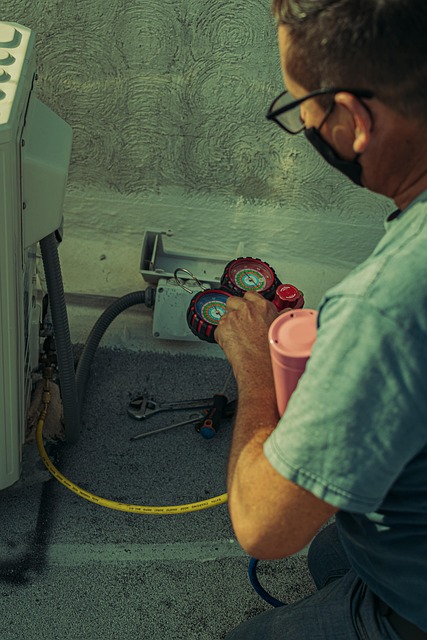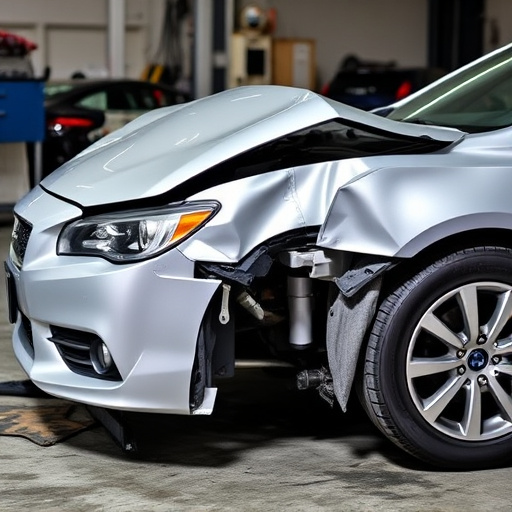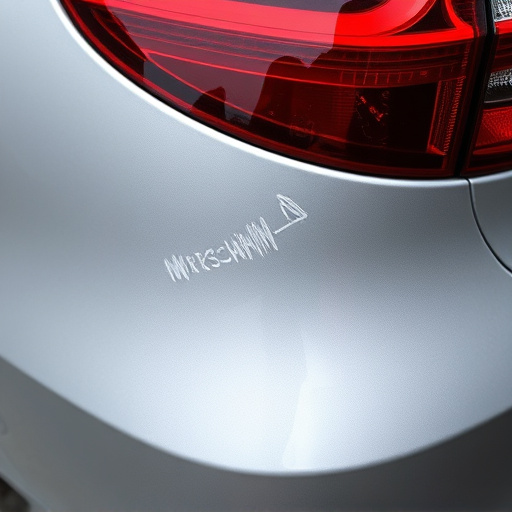Post-repair safety inspections are crucial for preparing vehicles, especially those with airbags, for safe road reentry. These thorough checks ensure optimal functioning of critical systems like airbags, brakes, and lighting by identifying even minor defects. Airbag checks, a critical component, involve rigorous testing to verify their operation in real-world scenarios, addressing potential invisible issues for guaranteed passenger safety. Regular use of specialized diagnostic tools and staff training on the latest techniques are best practices to maintain safety and adherence to manufacturer guidelines.
A post-repair safety inspection is an essential step in ensuring vehicle safety, especially regarding airbags. This critical process, often overlooked, plays a pivotal role in identifying potential issues and confirming proper functionality after a repair or collision. By delving into the intricacies of post-repair inspections, we highlight the vital role of airbag checks in enhancing passenger protection. Understanding these procedures is key to fostering a safer automotive environment.
- Understanding Post-Repair Safety Inspection
- The Crucial Role of Airbag Checks
- Enhancing Safety: Benefits and Best Practices
Understanding Post-Repair Safety Inspection

Post-repair safety inspection is a crucial step in ensuring that vehicles, particularly those with airbags, are safe to be back on the road. After any auto repair services or car dent repair, it’s vital to verify that all components, including the airbag system, function optimally. This process involves meticulous checks and tests designed to detect even the slightest anomalies or defects.
During a post-repair safety inspection, professionals assess the overall condition of the vehicle, focusing on critical systems like airbags, brakes, and lighting. In cases of car damage repair, these inspections are even more critical as they help identify any residual effects from the initial incident that could impact the vehicle’s safety. Such inspections not only safeguard drivers and passengers but also uphold legal standards, ensuring that vehicles meet required safety benchmarks before hitting the hustle and bustle of daily commuting.
The Crucial Role of Airbag Checks

Airbag checks play a pivotal role in post-repair safety inspections for several reasons. Following an automotive collision, thorough evaluation of airbags is essential to ensure their functionality and reliability. Airbags are critical safety features designed to protect occupants during accidents, deploying at high speeds to mitigate impact forces. A simple inspection isn’t enough; rigorous testing is required to verify that each airbag deploys correctly and without defects, as even a minor malfunction can have severe consequences.
Post-repair safety inspections involving airbags aren’t just about checking for visual damage. They encompass rigorous tests to simulate real-world scenarios, ensuring that the intricate mechanisms of airbags function flawlessly when needed most. This process is vital in auto body restoration and automotive collision repair facilities, where the goal is not only to fix visible damages but also to guarantee passenger safety by addressing invisible issues within the airbag systems.
Enhancing Safety: Benefits and Best Practices

Post-repair safety inspection plays a pivotal role in enhancing overall vehicle safety, especially when it comes to airbag checks. After any car damage repair or auto collision repair at a collision center, it’s imperative to go beyond mere visual inspections and perform rigorous testing. This meticulous process guarantees that every component, particularly the airbags, functions optimally upon completion of repairs.
Benefits are multifaceted; not only does it identify potential issues that might have been missed during initial assessments but also ensures passengers’ safety in the event of future collisions. Best practices involve employing specialized diagnostic tools to check airbag deployment mechanisms and sensors. Regular training for collision center staff on the latest inspection techniques is crucial, as well as keeping up with manufacturer guidelines to stay current with advancements in vehicle safety systems.
Post-repair safety inspection plays a vital role in ensuring the integrity of airbag systems, offering significant benefits beyond mere compliance. By meticulously evaluating vehicles post-repair, technicians can identify potential issues and ensure airbags function optimally upon reactivation. This process is an indispensable step in enhancing road safety, preventing accidents, and saving lives. Incorporating best practices for post-repair safety inspection is a game-changer, fostering a culture of vigilance and meticulousness within the automotive industry.
